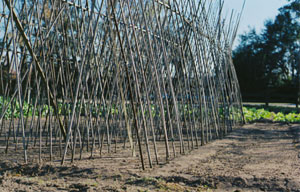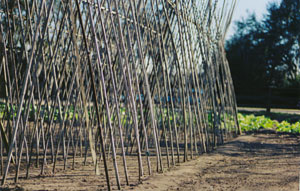Angle of view
|
|
In photography, angle of view (also called Angle of Coverage or Field of View) is the amount of a given scene shown on film; that is, there is generally much more to a scene visible to humans than shows up in photos, and various lenses record different degrees of the total image. Angle of view is affected by choice of lens; wide-angle lenses get considerably wider angle of view than telephoto lenses; with e.g. a fisheye lens recording up to 180° of a scene and the longest lenses recording less than 5°. Longer lenses tend to magnify the subject, compressing distance and (when focused on the foreground) blurring the background because of their shallower depth of field. Wider lenses tend to magnify distance between objects while allowing greater depth of field. One result of using a wide angle lens in close proximity to the subject is an apparent perspective distortion: parallel lines may appear to converge; with a fisheye lens, straight edges will appear to bend.
Missing image
Angleofview_210mm_f4.jpg
210mm
An example of how lens choice affects angle of view. 'The photos above were taken by a 35 mm camera. Focal lengths from top to bottom: 28 mm, 50 mm, 70 mm, 210 mm.
For a non-distorting, regular (non-fisheye) lens, the angle of view (α) can be calculated from the film dimension (d), and effective focal length (f) thus:
- <math>\alpha = 2 \arctan \frac {d} {2 f}<math>
The effective focal length can be set equal to the focal length of the lens (F), except in macro photography where the magnification (m) must be taken into account:
- <math>f = F \cdot ( 1 + m )<math>



